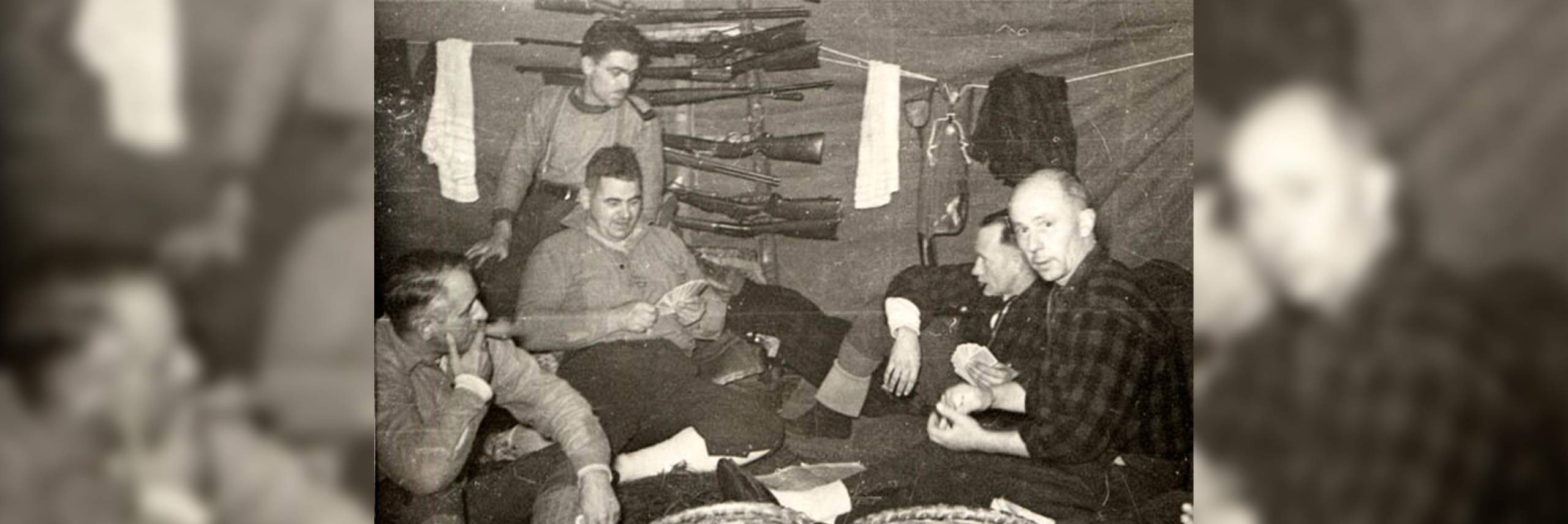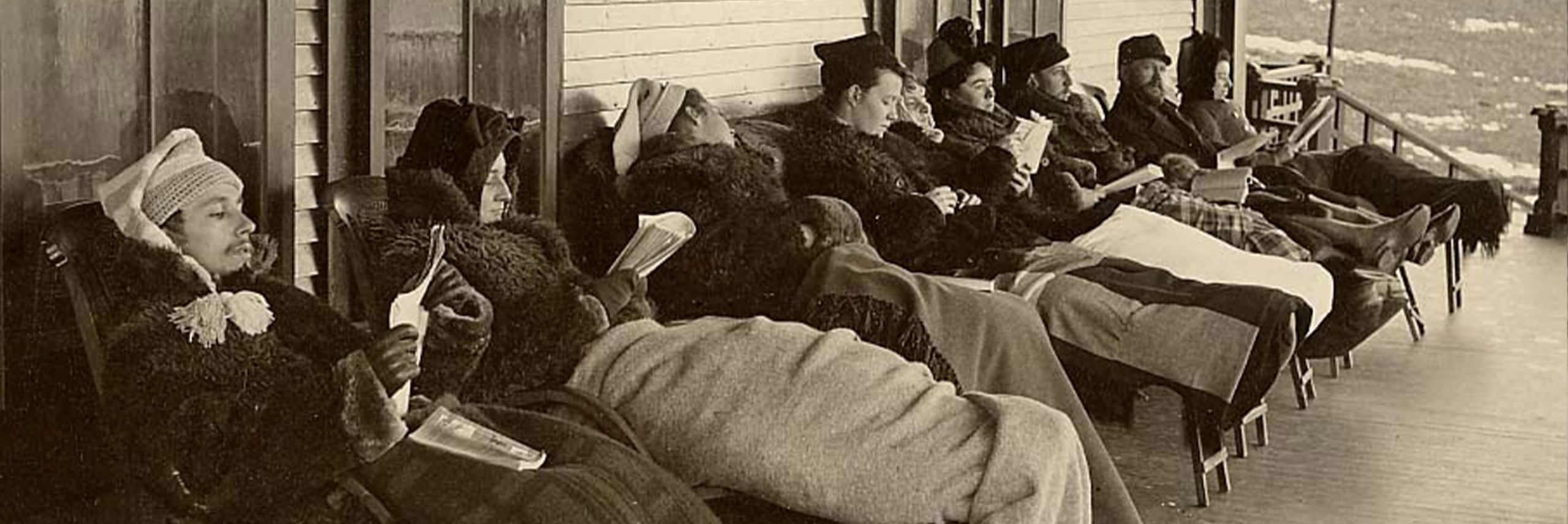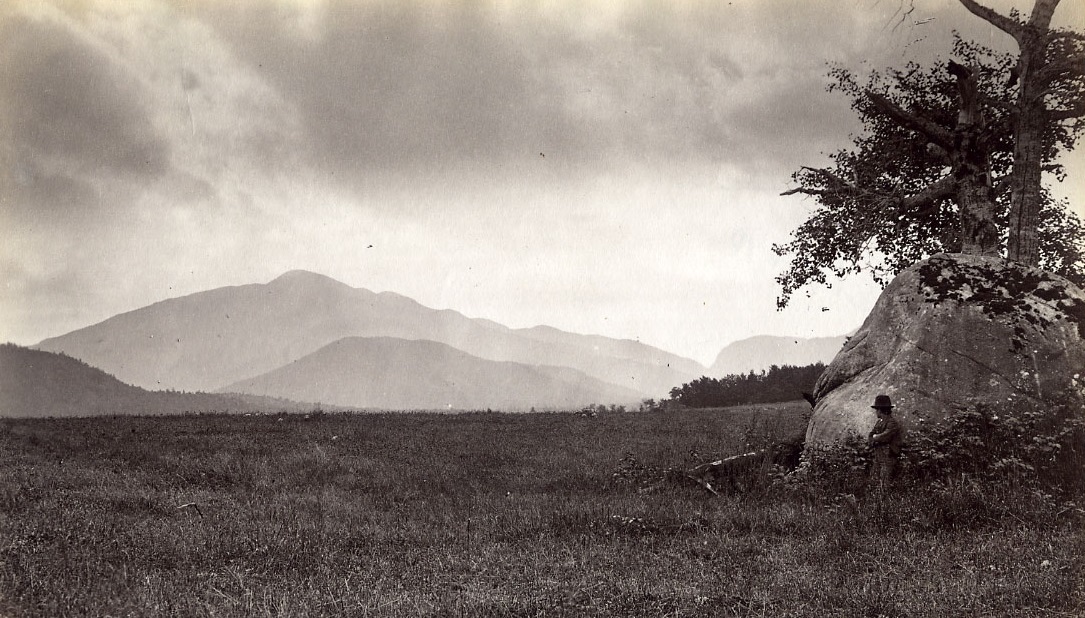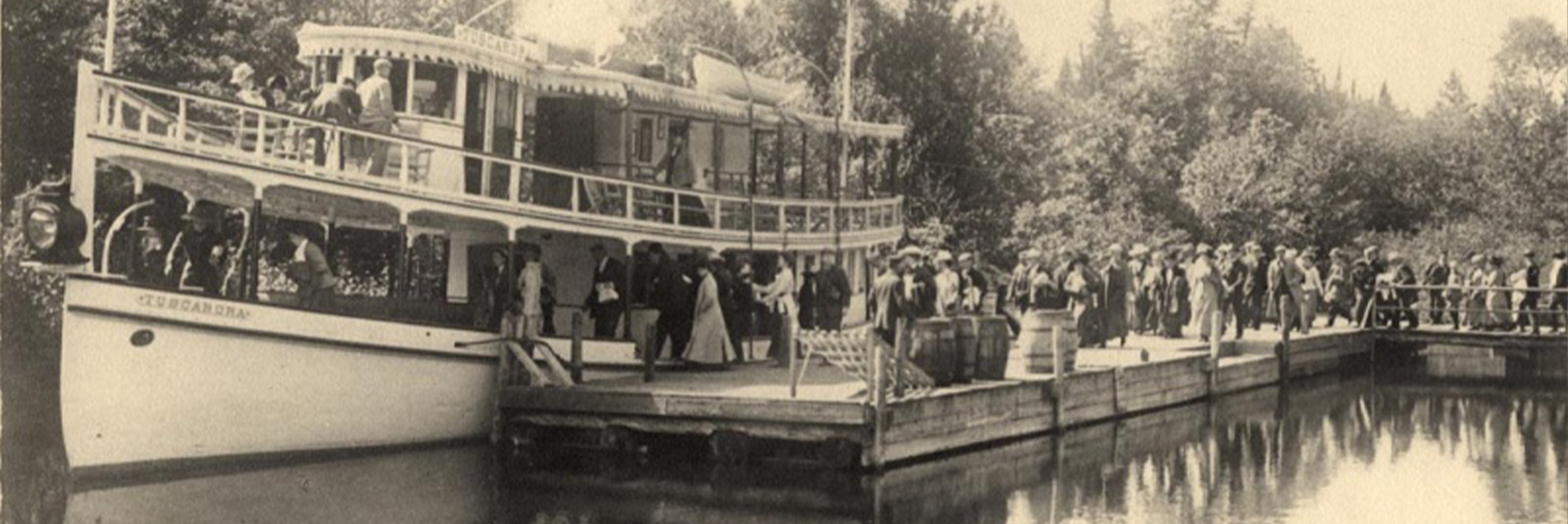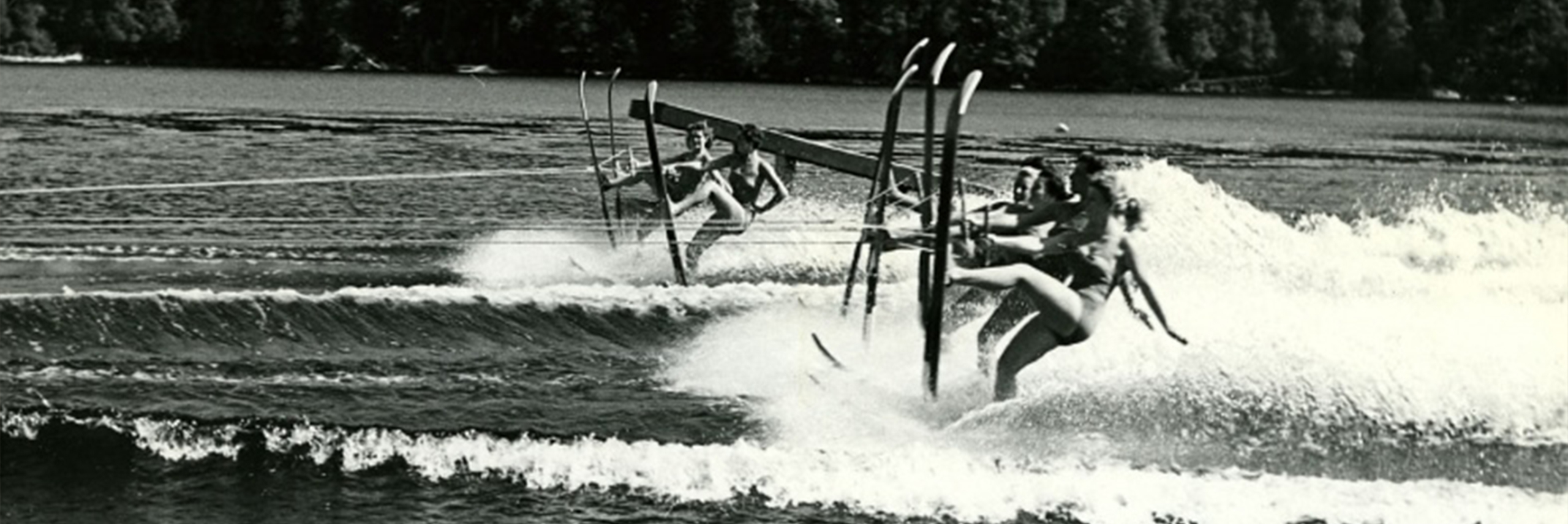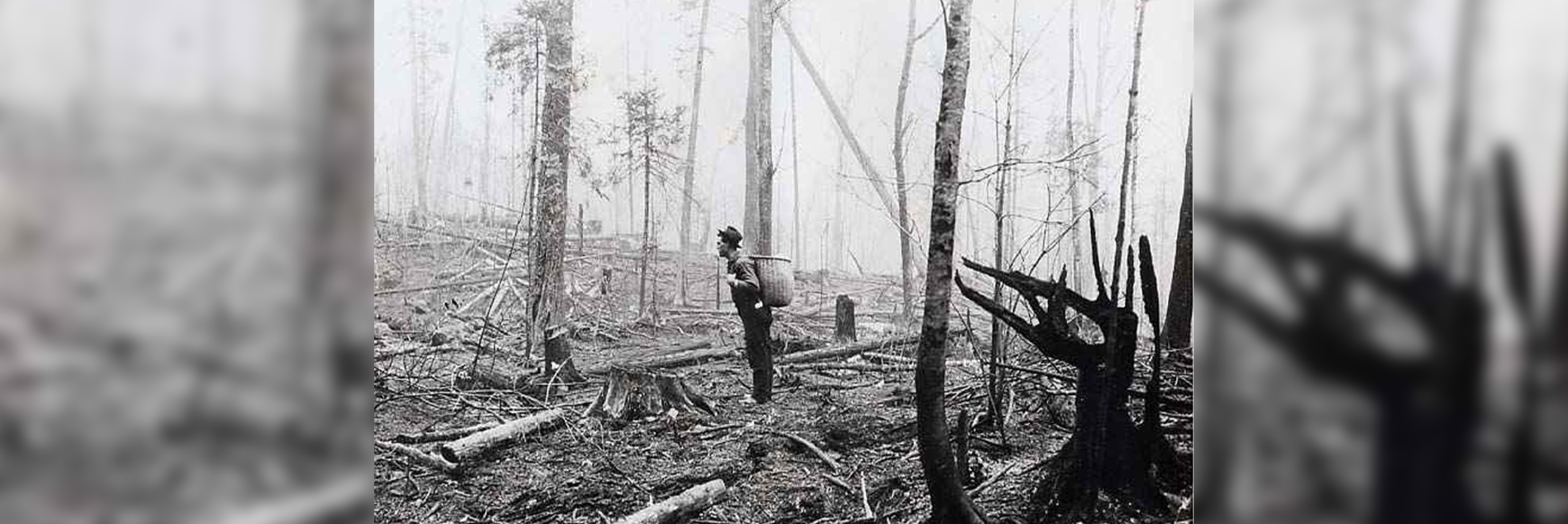Hunting in the Adirondacks
The Buck Lake Club Cabin is one of the Adirondack Museum’s largest artifacts. Once “deer camp” to the extended family of Mike and Hilda Virkler of Castorland, New York, the cabin as an exhibit shares the story of contemporary hunting and the traditions that surround “going into camp” with thousands of visitors each year.
The number of tourists in the Adirondack region drops off dramatically as summer turns to fall. However, hunters come to the area annually in search of game such as white tail deer and black bear. Some hunters are from “downstate” while others are out-of-staters drawn by the remote wilderness of the Adirondacks. Others are locals like the Virklers and enjoy the camaraderie and rituals of hunting with family and friends.
Hunting has long been a staple of the region. Adirondack residents were once dependent on game to feed their families, and many still rely on hunting as a way to supplement family meals.
The regulation of hunting began in 1885 with the formation of the Forest Preserve Advisory Board. Game laws were established and hunting licenses or “tags” required. The Advisory Board eventually became today’s Department of Environmental Conversation (DEC).
There are official hunting seasons in New York for a range of wild animals. From ducks, geese, turkeys, and upland birds to rabbits, deer, and black bear, hunters can pursue a variety of game in designated months of the year.
Hunting is big business. In prime hunting areas, motels, restaurants, taverns, gas stations, and sporting goods stores rely on an influx of income from hunters. Towns reap the benefits of licensing fees. According to a study of the impact of tourism on Hamilton County, N. Y. conducted by the Northern New York Travel & Tourism Research Center at SUNY Potsdam, visitors — including hunters — spent a total of $69 million dollars in 2006. A breakdown of expenditures by month shows that $6.14 million was spent between October and December, deer season in the Central Adirondack county, which is also home to the Adirondack Museum. (Northern New York Travel & Tourism Research Center)
While hunting remains popular in the Adirondacks and throughout New York state, nationally the number of hunters is on the decline. As family traditions change and more people grow up in cities where hunting and trapping seem old-fashioned or even frightening, many young people are no longer raised with the knowledge, skills, and experience that hunting requires.
Though the number of hunters is on the decline, over the past dozen years Adirondack hunters have taken animals in numbers comparable to those in the 1950s and 60s, when hunting was immensely popular. In 1954, 10,192 whitetail bucks were killed, a record that still stands. In 2000, 9,632 bucks were taken. According to the Adirondack Explorer the number of bucks killed in the past twelve years averaged 7,931 annually. (Adirondack Explorer, November/December 2010)
While contemporary views on hunting may be changing, the sport remains an important aspect of Adirondack history — past and present.


